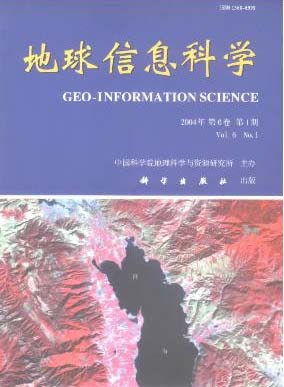ARTICLES
SUN Qinghui, LUO Jiancheng, ZHOU Chenghu, CAI Shaohua, CHEN Qiuxiao, ZHENG Jiang, SHEN Zhanfeng, MING Dongping
2004, 6(1): 22-27.
Data information publishing in Grid-GIS, one of the key technologies of Grid-GIS realization, is publishing the stored data information in GIS database with the means of Grid. It has such characters as all-purpose in realization, high-powered in publishing, easy-realization and publishing software reuse. Data information publishing in traditional WebGIS is realized by ways of CGI, API, JDBC, ASP, JSP etc. Any one of this methods has it's deficiency in publishing, such as it's heavily relying on the Web server makes Web server heavily laden, low intelligence, and difficulty to realize in heterogeneity database. Software Agent as an intelligent software, can continuously and independently work in the Web. Middleware is also a software which has such characters as standard communication protocol, distributed computing and transparent manipulation of Web, hardware, and software systems. So it can meet the need of highly computing and independence of hardware and operation system. Agent and Middleware provide basis for of the Grid-GIS realization. In this paper, the character of data information publishing in Grid-GIS was discussed. According to the characters of Grid-GIS, a new method, using the Agent and Middleware to realize the publishing of data information,was also discussed. In order to achieve this purpose the authors design such Agents as Login Manager agent, Grid-Web Interface agent, Messenger Agent, Task Manager Agent and Database Interface agent.
